Grumman F6F-5N Night fighter version, fitted with an AN/APS-6 radar. Some were armed with two 20 mm (0.79 in) AN/M2 cannon in the inner wing bays and four 0.50 in (12.7 mm) M2 Browning machine guns in the outer. (Wiki)
"The Navy saw the need for night fighters and started the Project Affirm program in early 1942, originally with Corsairs equipped with primitive AI (Air Interception) radar sets built by MIT engineers. In 1943, the Hellcat emerged as the preferred night fighter because of its easier landing characteristics and greater stability as a gun platform. The F6F-3E, converted in the field at MCAS Quonset Point, was the first Hellcat night fighter, using the AI radar, red cockpit lighting (to preserve the pilot's night vision), and without an easily scratched Plexiglass windscreen fairing. Eighteen F6F-3E's were built. (On November 26, 1943, Butch O'Hare, flying an unmodified F6F-3 on a night mission with a TBF Avenger, disappeared over the Gilberts.
Next came the F6F-3N, which was the full-spec night-fighter variant, with AN/APS-6 radar. The AN/APS-6 was essentially an AN/APS-4 with a simplified display system that eliminated the need for a separate operator. Fighter pilots were a bit leery of the radar-equipped Hellcat at first, since they feared the pod would affect handling, and in fact it cut top speed by about 32 KPH (20 MPH).
205 of these built by the Grumman factory. The F6F-3N employed an improved radar, the APS-6. Installed in a bulbous pod on the starboard wing, the APS-6 was simple to operate (only six knobs), had a range of five miles, and weighed 250 pounds. It featured a double-dot system that displayed a shadow blip to the right of the true blip; this secondary blip showed the target's altitude relative to the F6F. The -3E's and -3N's deployed to the carriers in the Pacific in early 1944, but were difficult to integrate into carrier operations, as they essentially would have required round-the-clock duty by launch and recovery crews. Nonetheless, three Hellcat-equipped night squadrons (VF(N)-76, VF(N)-77, and VF(N)-78) served in the Pacific in 1944.
The F6F-5 went into service just as the Hellcat accomplished its greatest feat of arms: the Marianas Turkey Shoot. On 19 June 1944, US Navy fighters protecting the US invasion of the Marianas island chain were challenged by swarms of Imperial Japanese Navy Zeroes. The Americans claimed 350 kills to a loss of 30 of their own aircraft. It was all but the end of Imperial Japanese Navy air power, now suppressed by what the US Navy called the "Big Blue Blanket" of naval air power.
The last of 7,870 F6F-5s was rolled out in November 1945. As with the F6F-3, production included a night-fighter variant, the "F6F-5N" with AN/APS-6 radar, making up 1,435 of the total." (Duggy, Axis & Allied Paintworks)
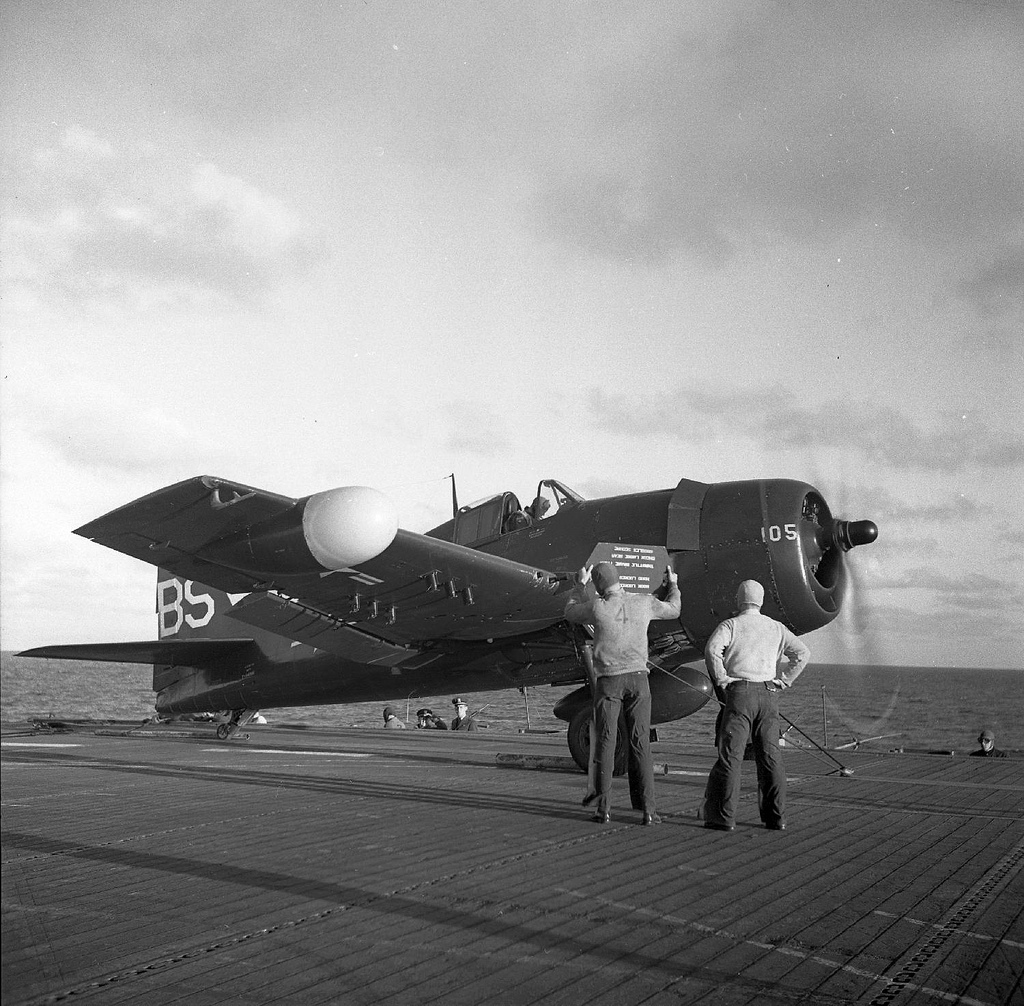
F6F-5N USS Badoeng Strait c 1946
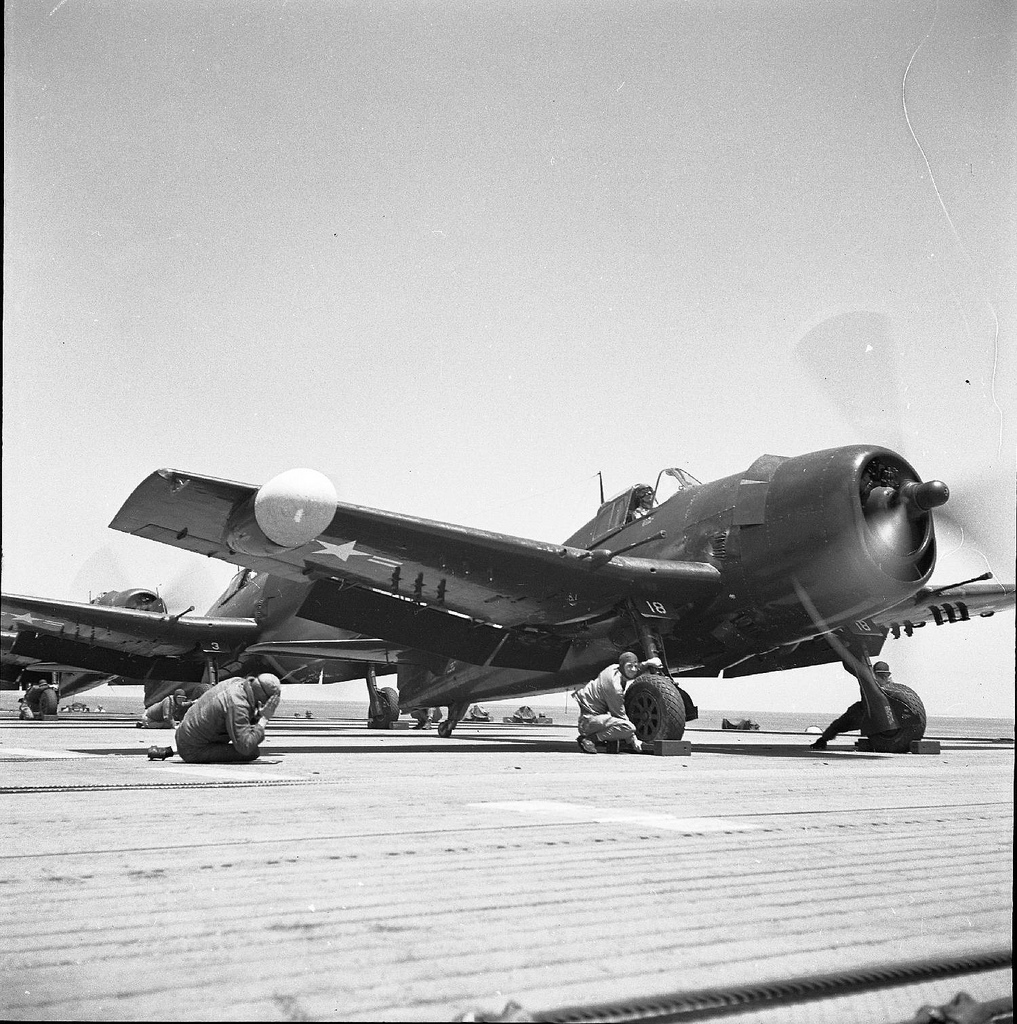
F6F-5N USS Badoeng Strait c 1946
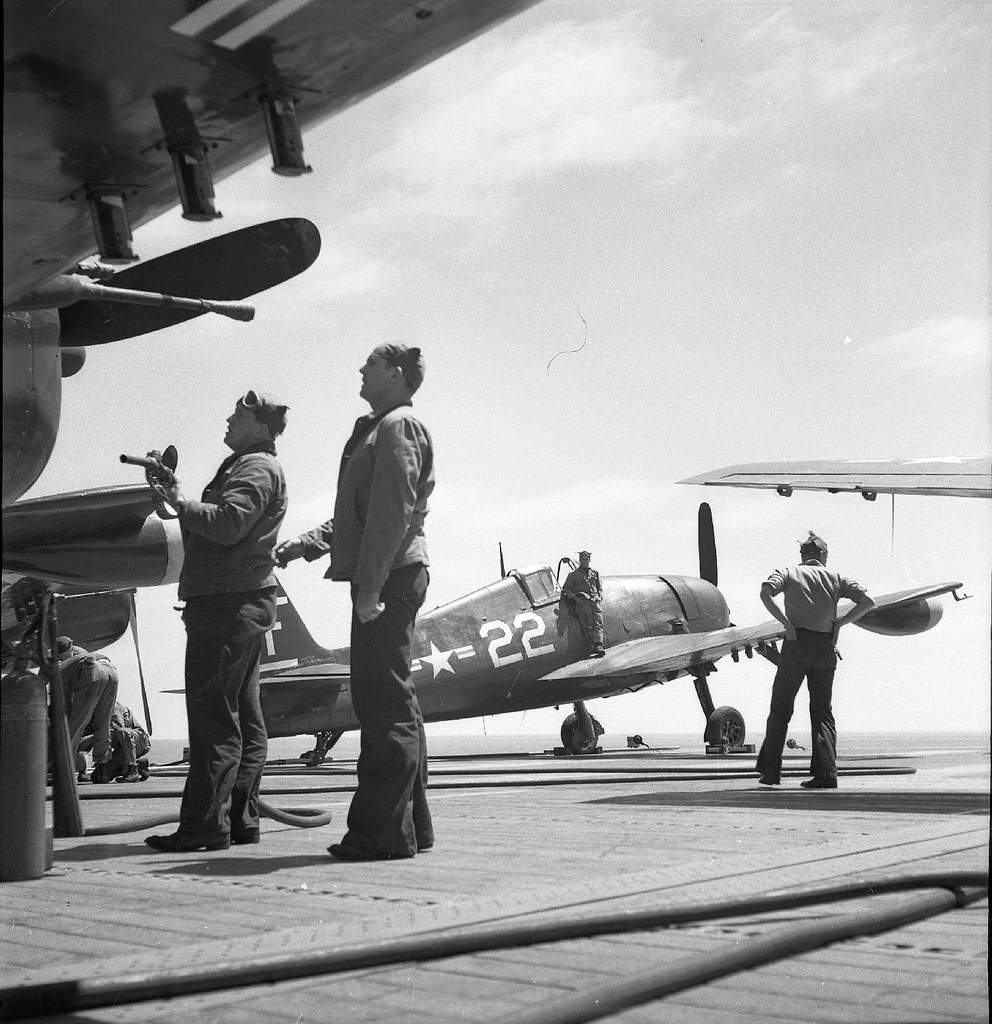
F6F-5N USS Badoeng Strait c 1946
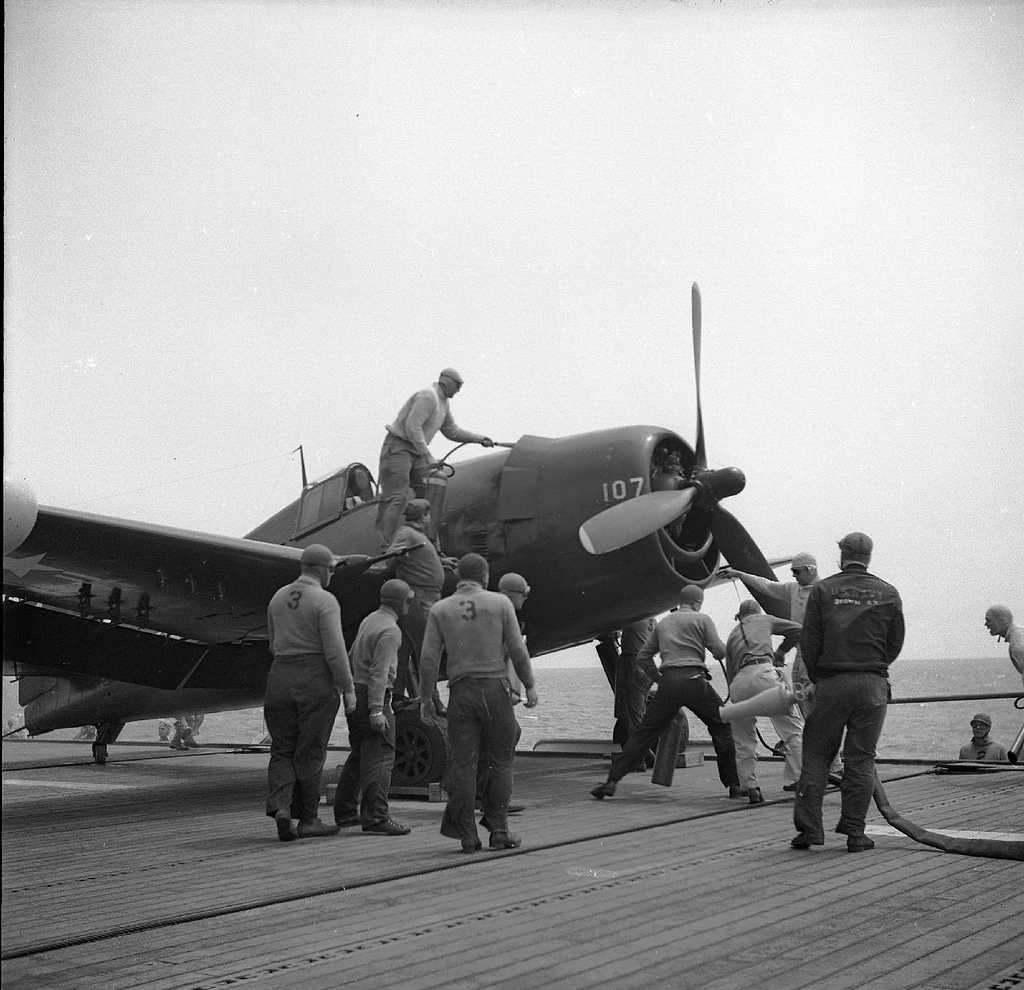
F6F-5N USS Badoeng Strait c 1946
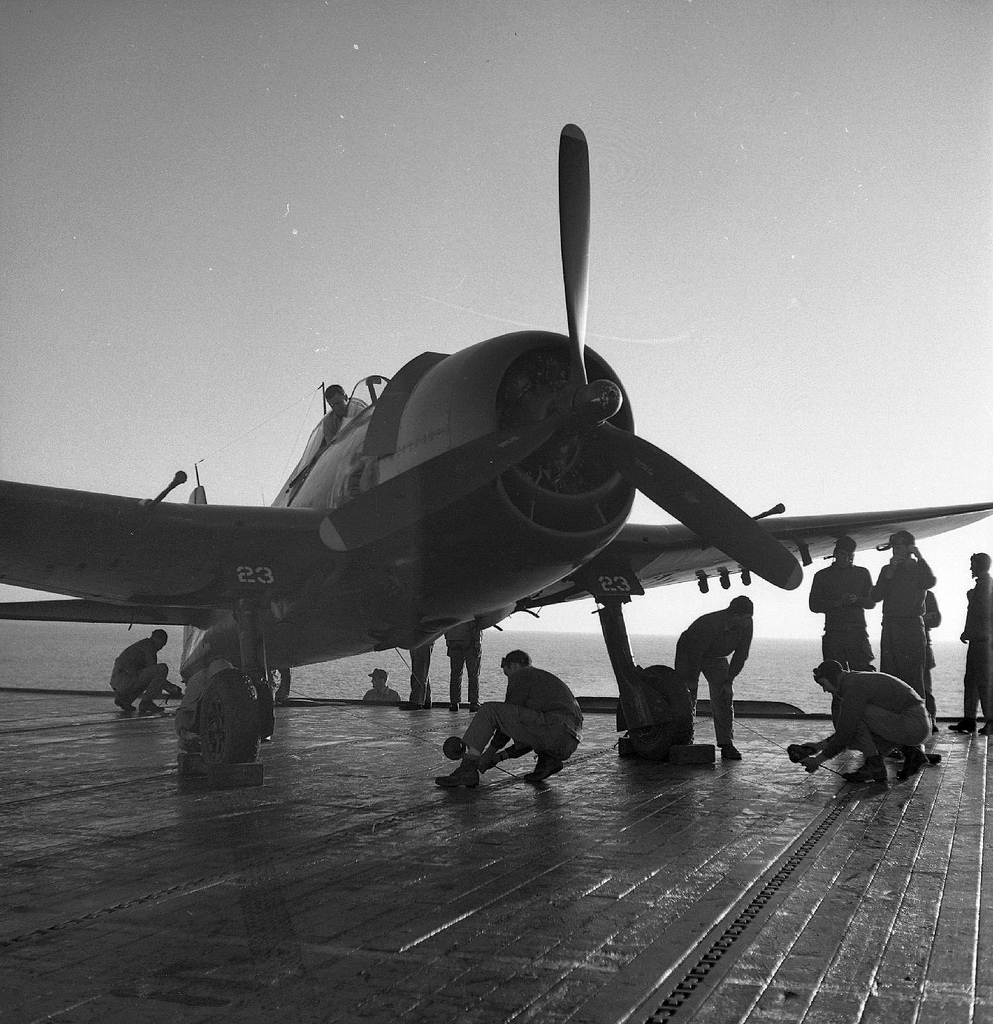
F6F-5N USS Badoeng Strait c 1946
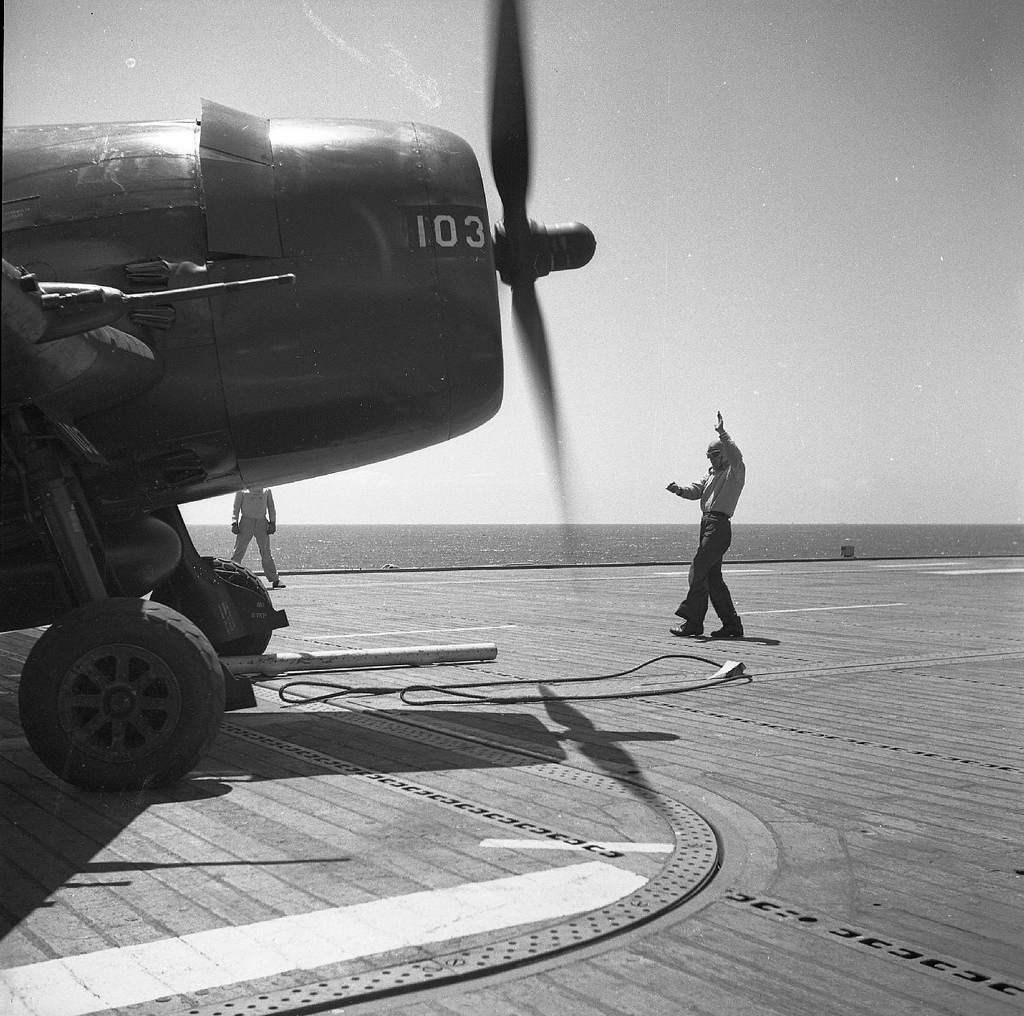
F6F-5N USS Badoeng Strait c 1946
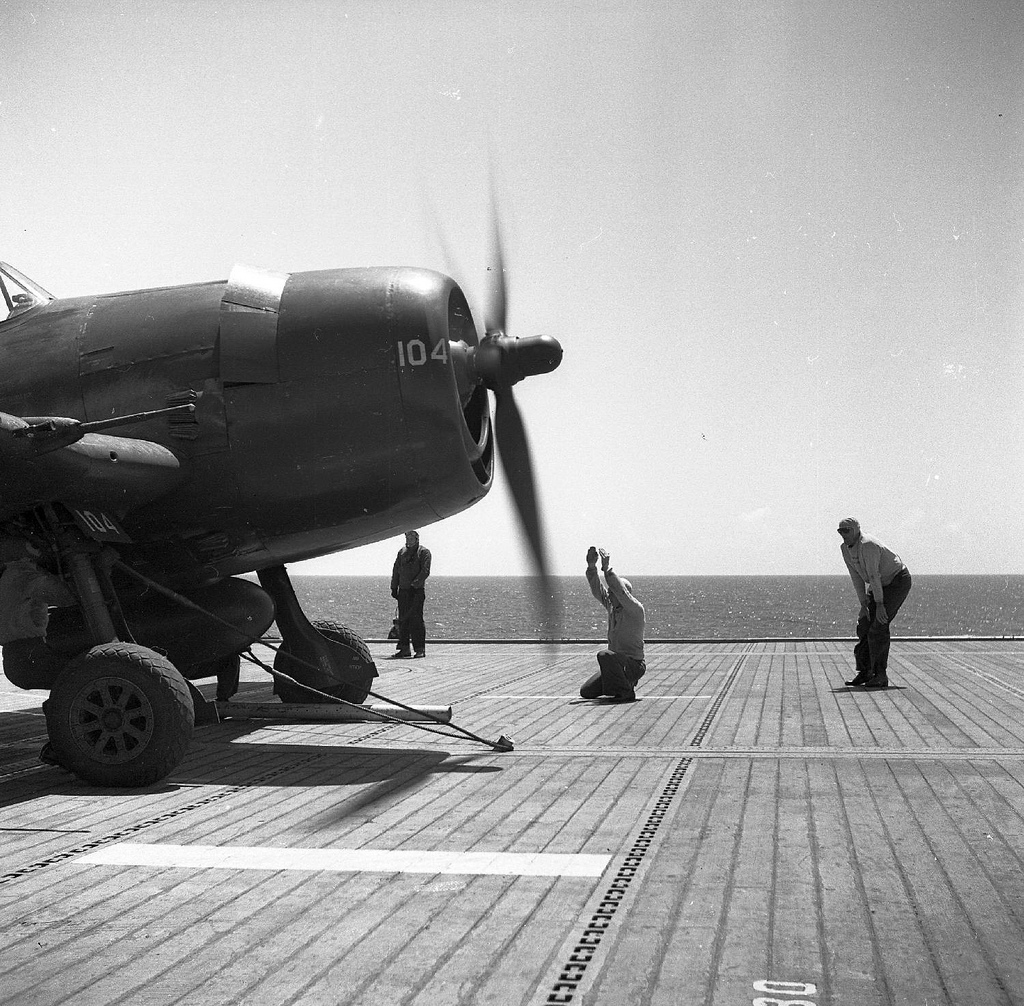
F6F-5N USS Badoeng Strait c 1946

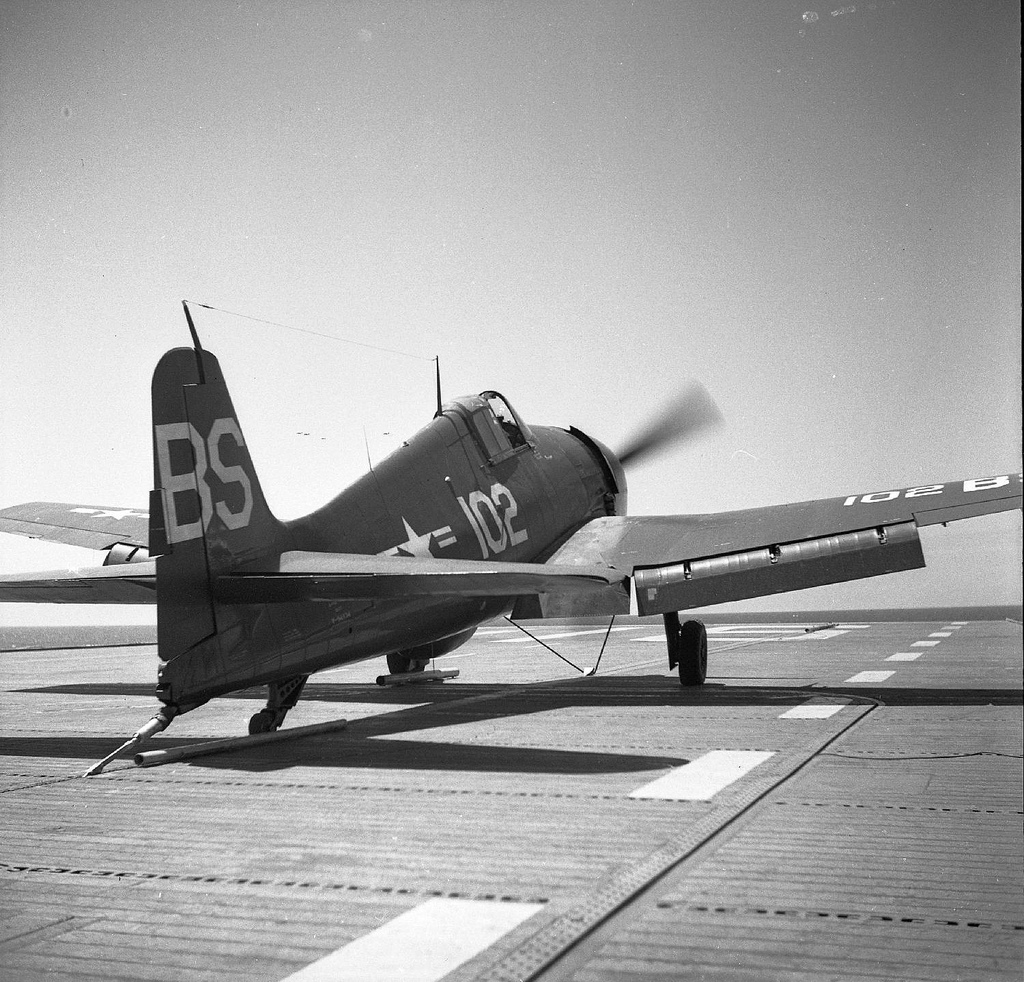
F6F-5N USS Badoeng Strait c 1946
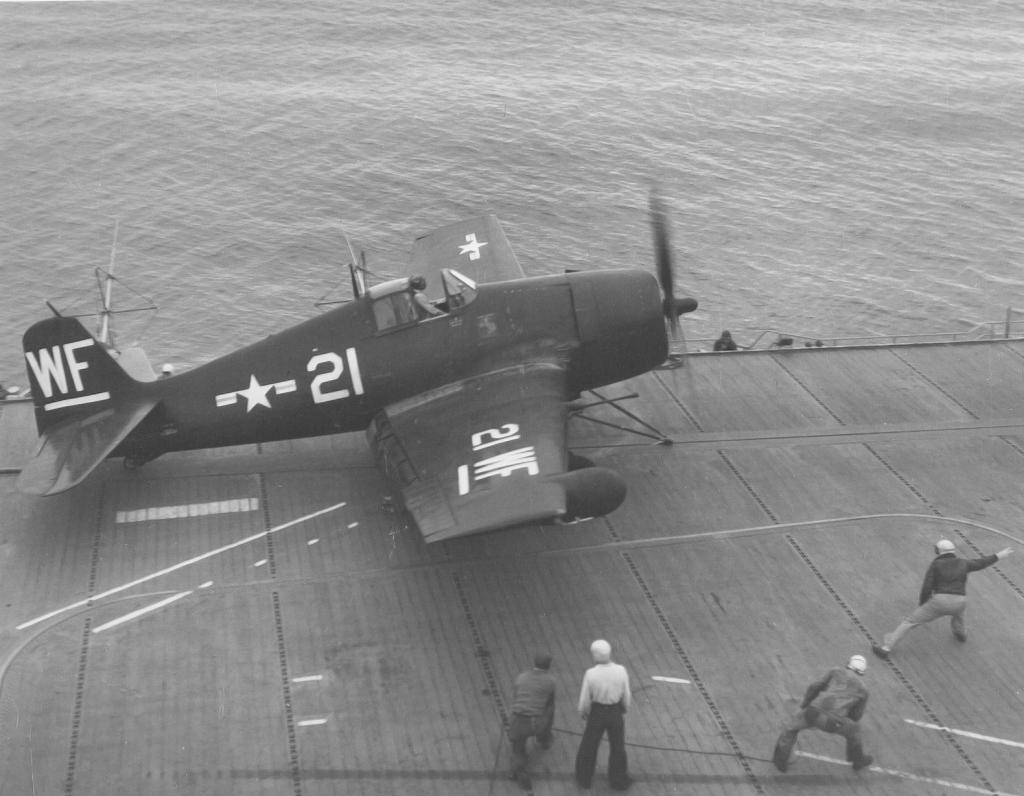
VMFN-513 F6F-5N
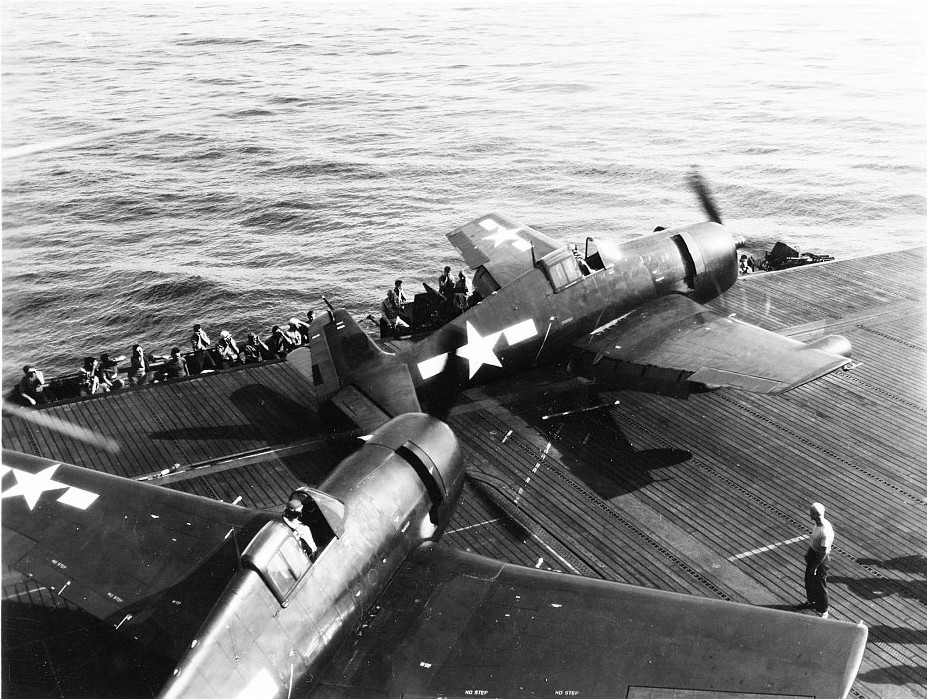
F6F-5N F6F-5 CVE-87 c 1944-45
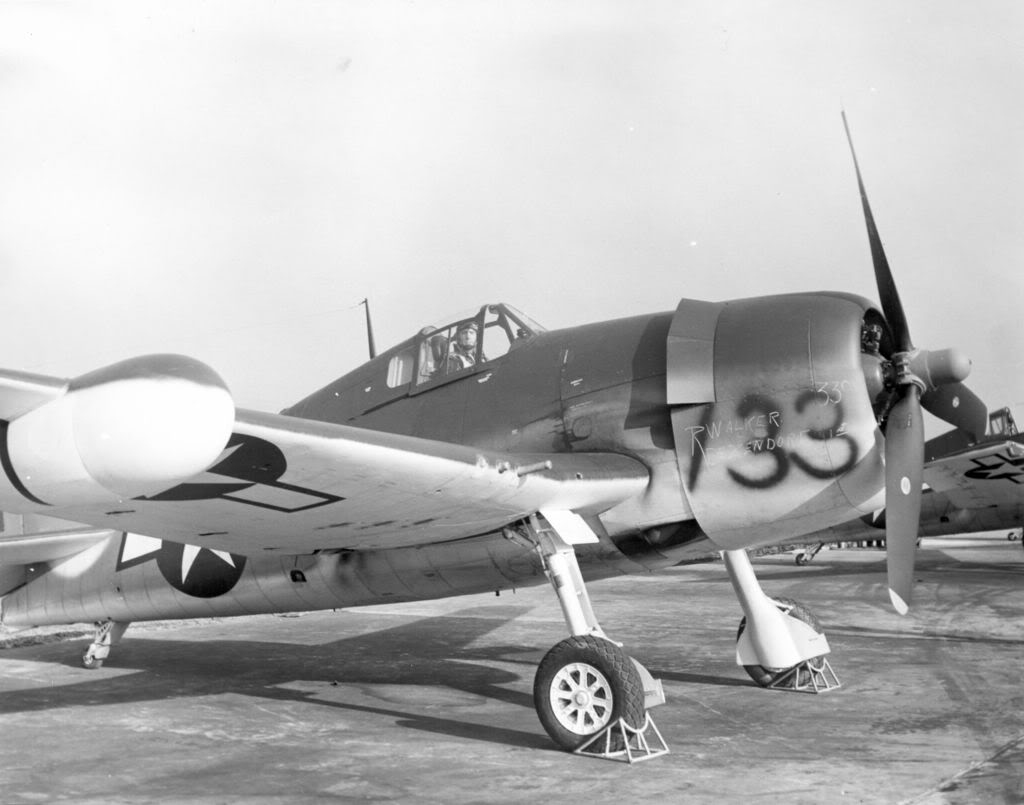
F6F-3N
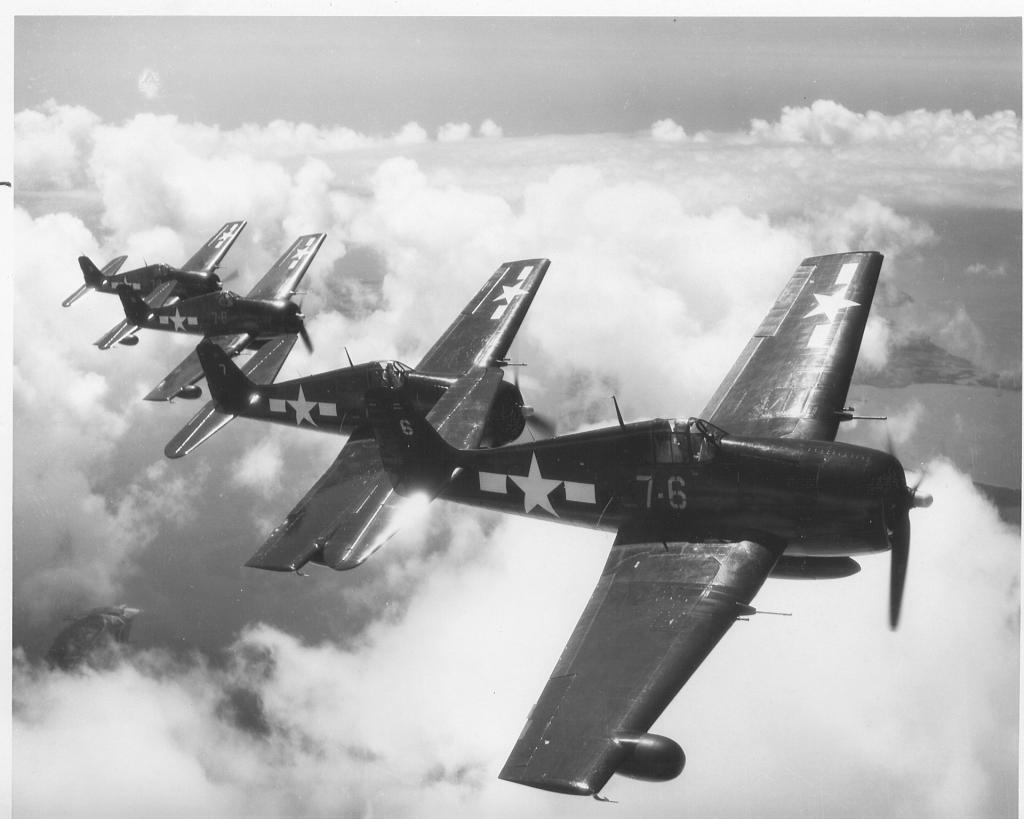
Four (4) F6F-5(N) Hellcat aircraft of VF(N)-107 in flight from NAS Quonset Point, RI.
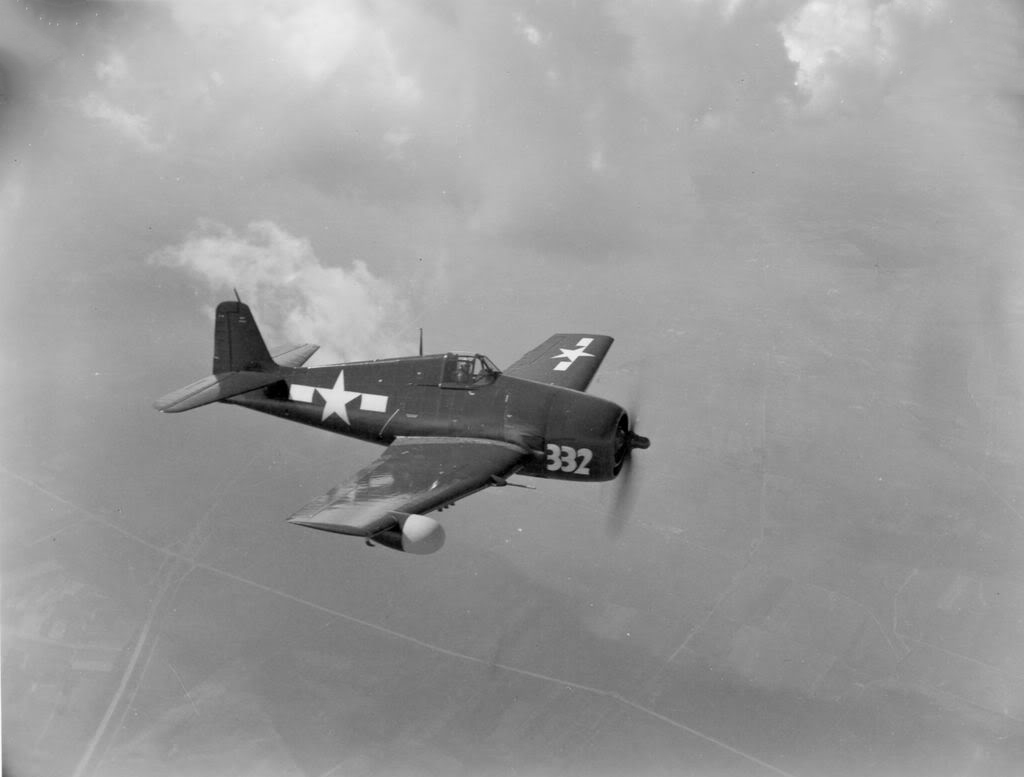
F6F-5N Hellcat
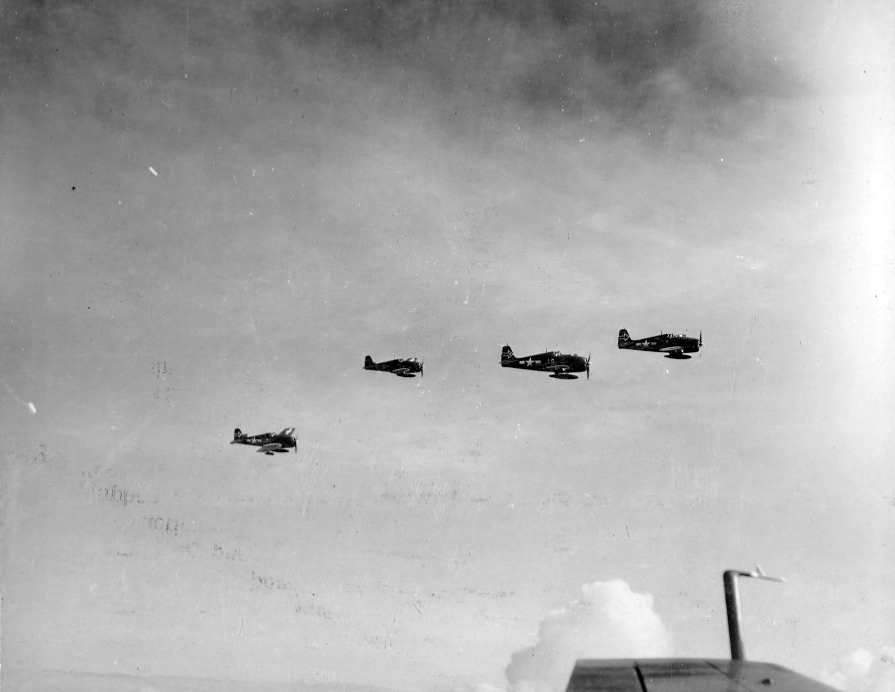
F6F-5N's of VFN-90 USS Enterprise CV-6 c 1945
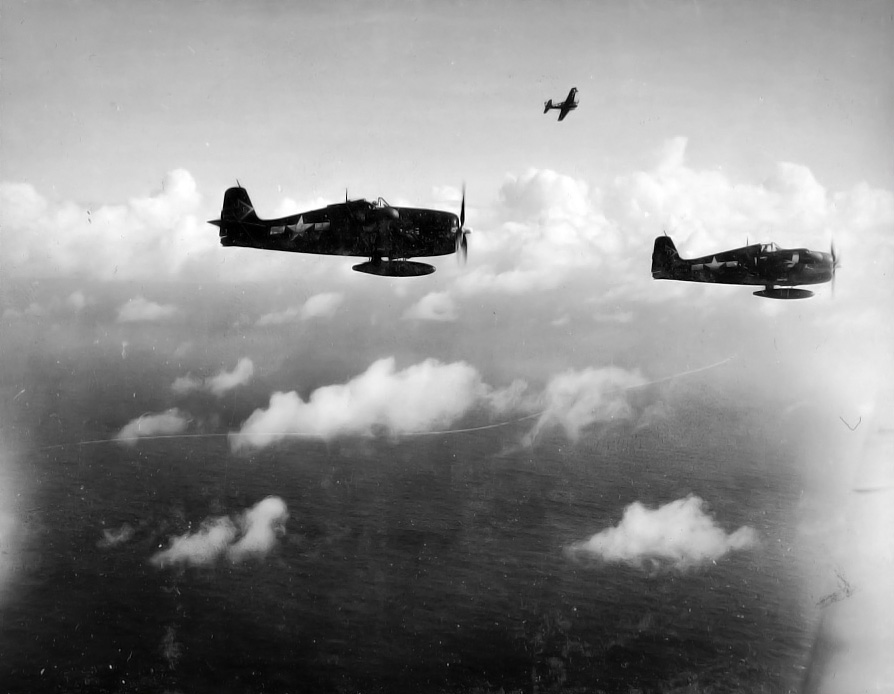
F6F-5N's of VFN-90 USS Enterprise CV-6 c 1945
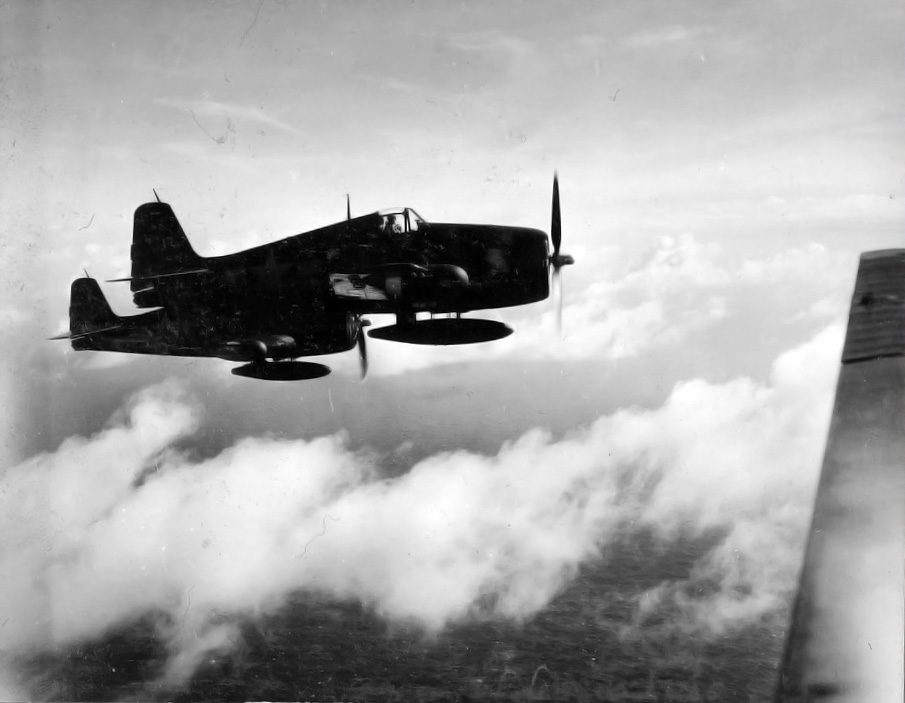
F6F-5N's of VFN-90 USS Enterprise CV-6 c 1945
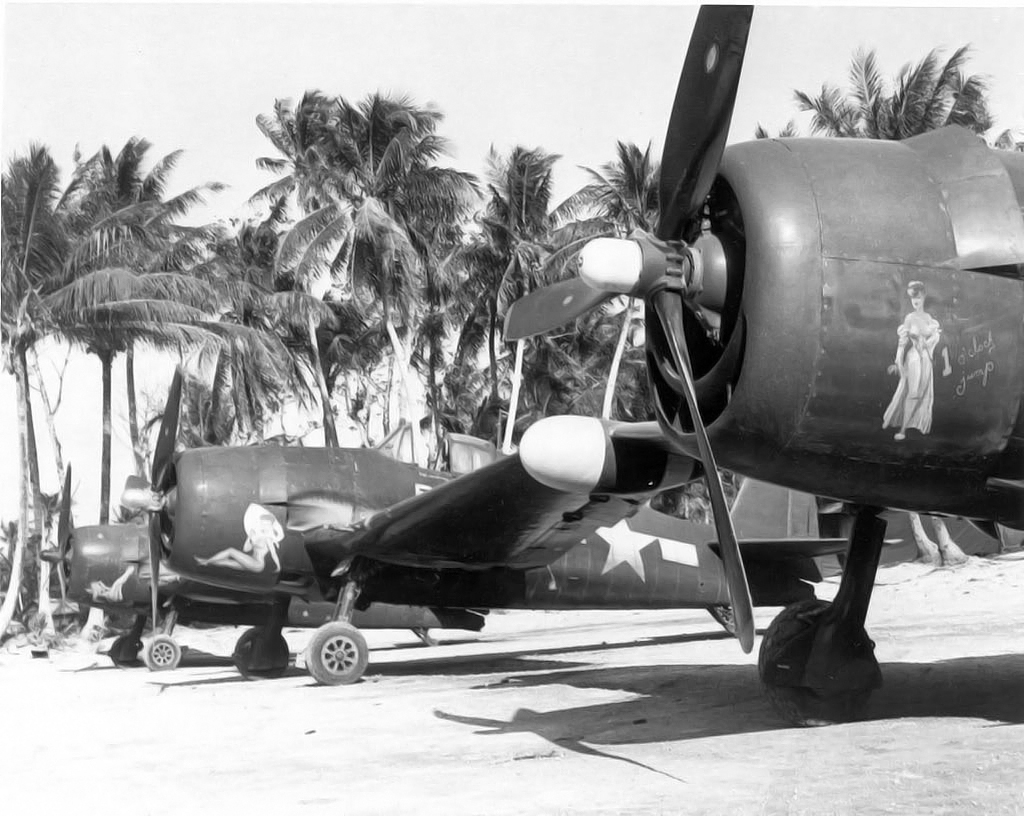
F6F-5N Hellcats Ulithi c 1945
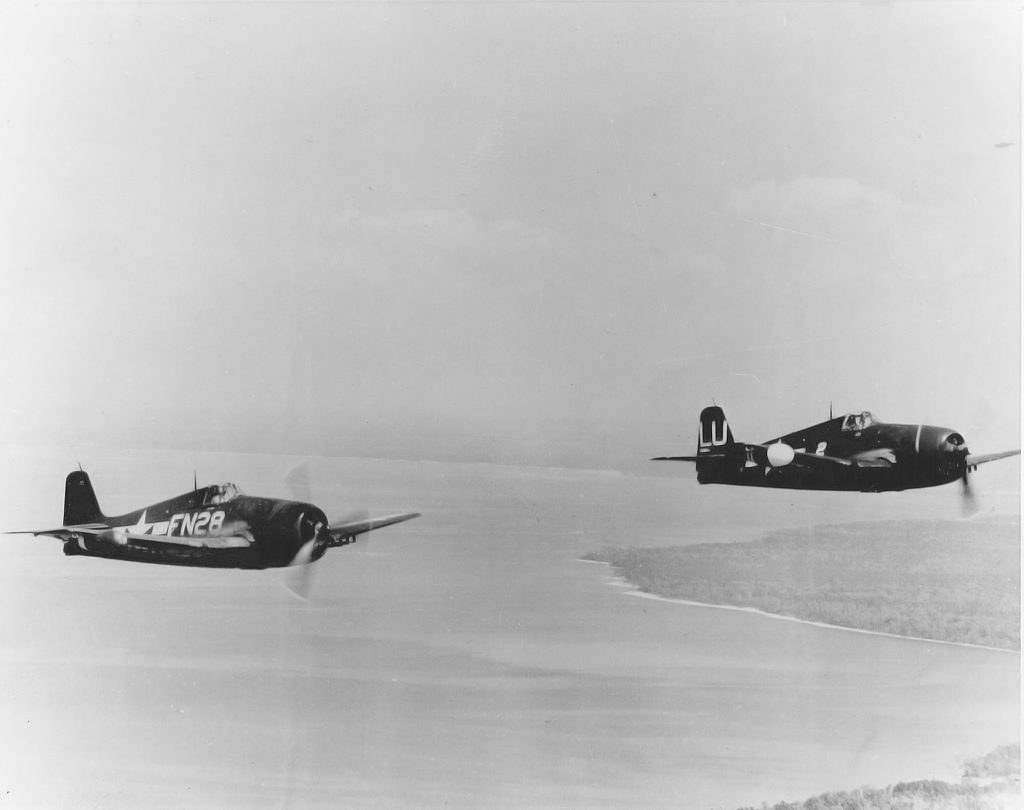
F6F-5N Hellcat
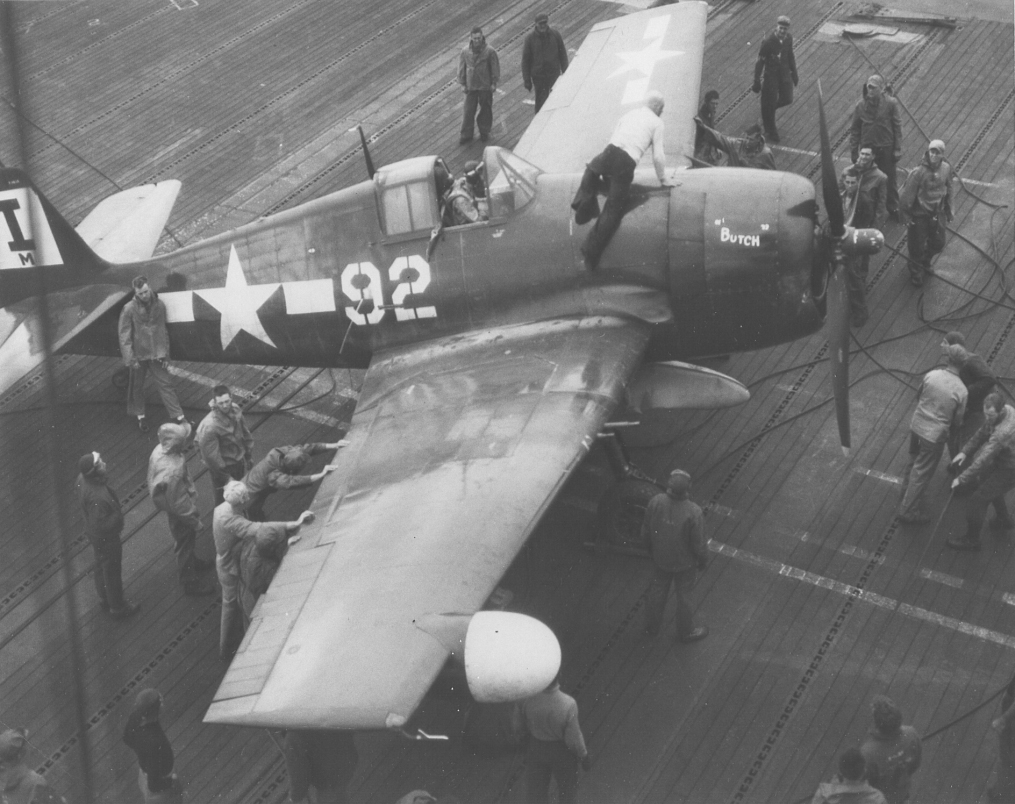
F6F-5N Hellcat of VMF-511 USS Block Island c 1945<br>
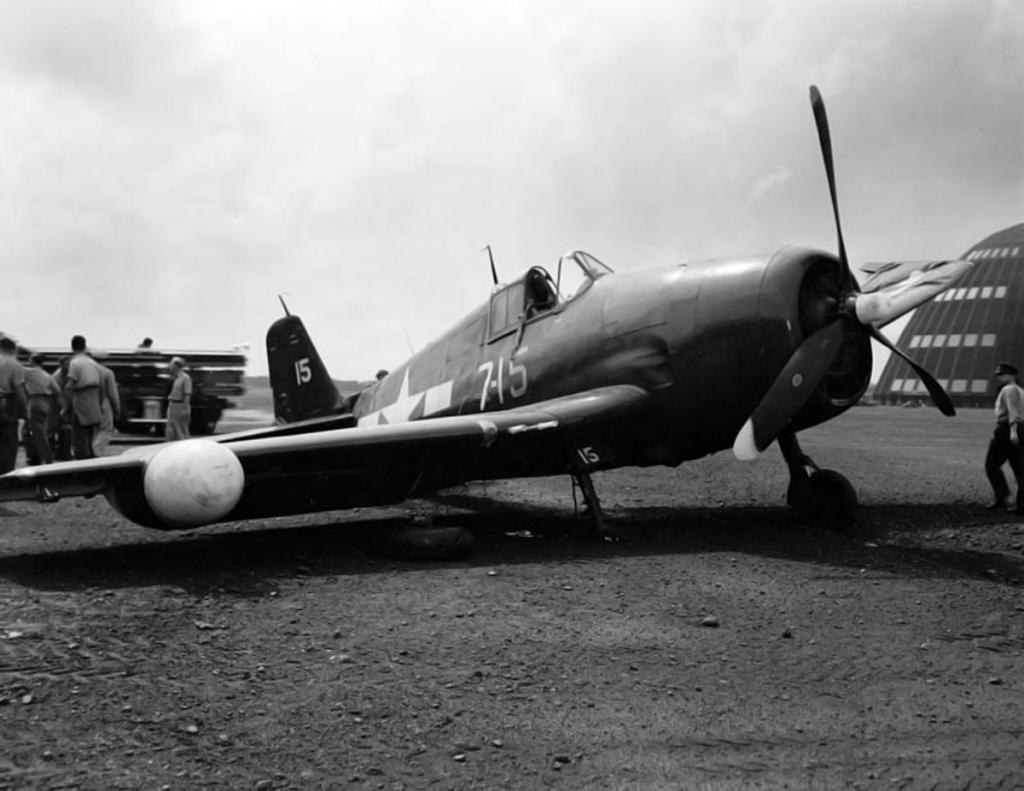
F6F-5N Moffett Field 1945
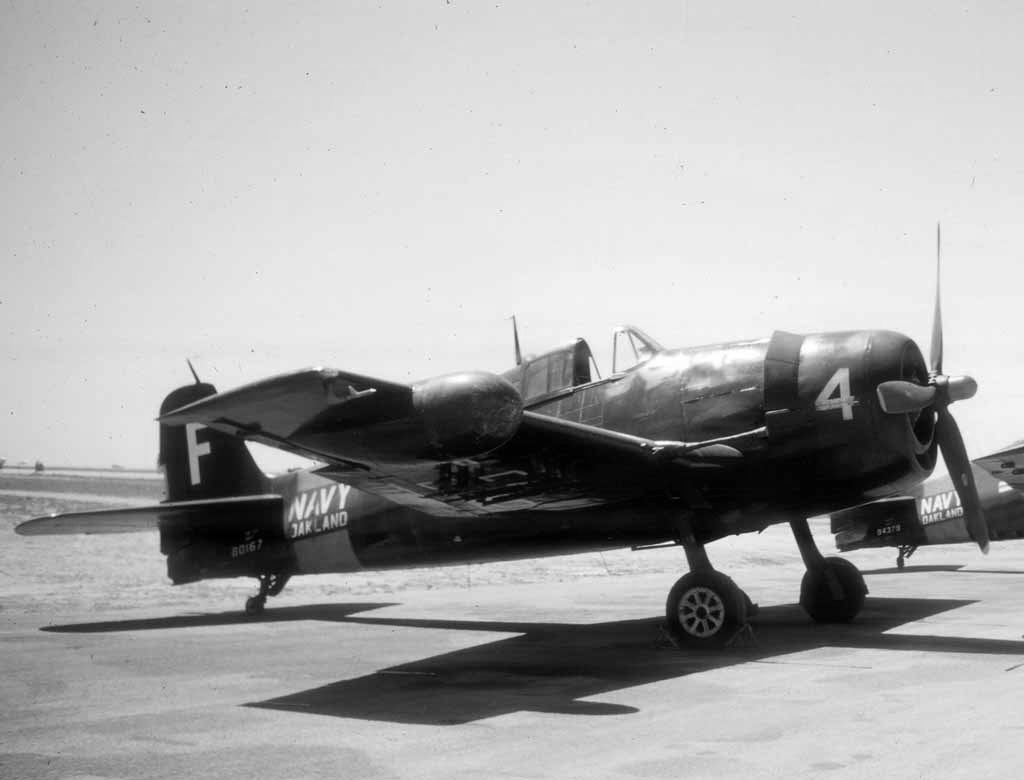
F6F-5N Hellcat
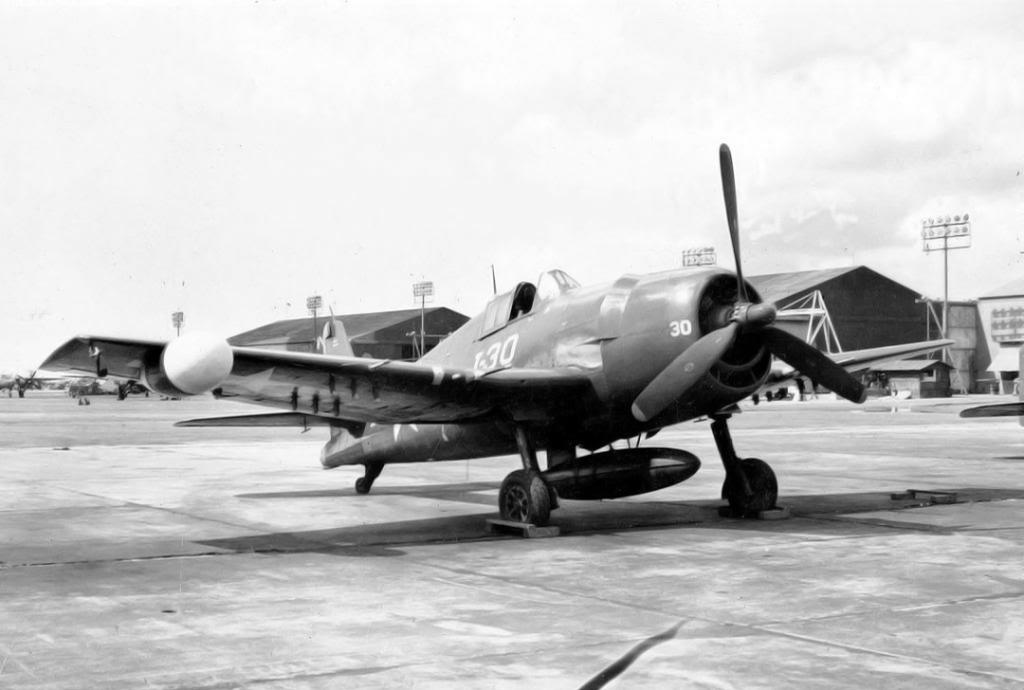
F6F-5N Sep 1945

Hellcat F6F-5N VMFN-511 USS Block Island May 1945
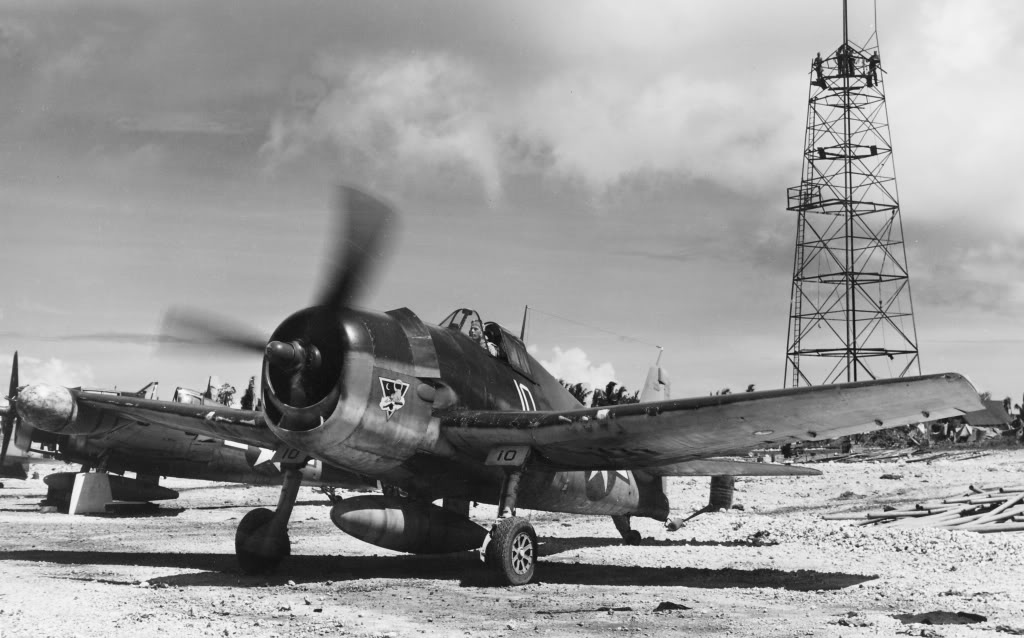
Hellcat F6F-3N VMFN-534 Guam c 1944
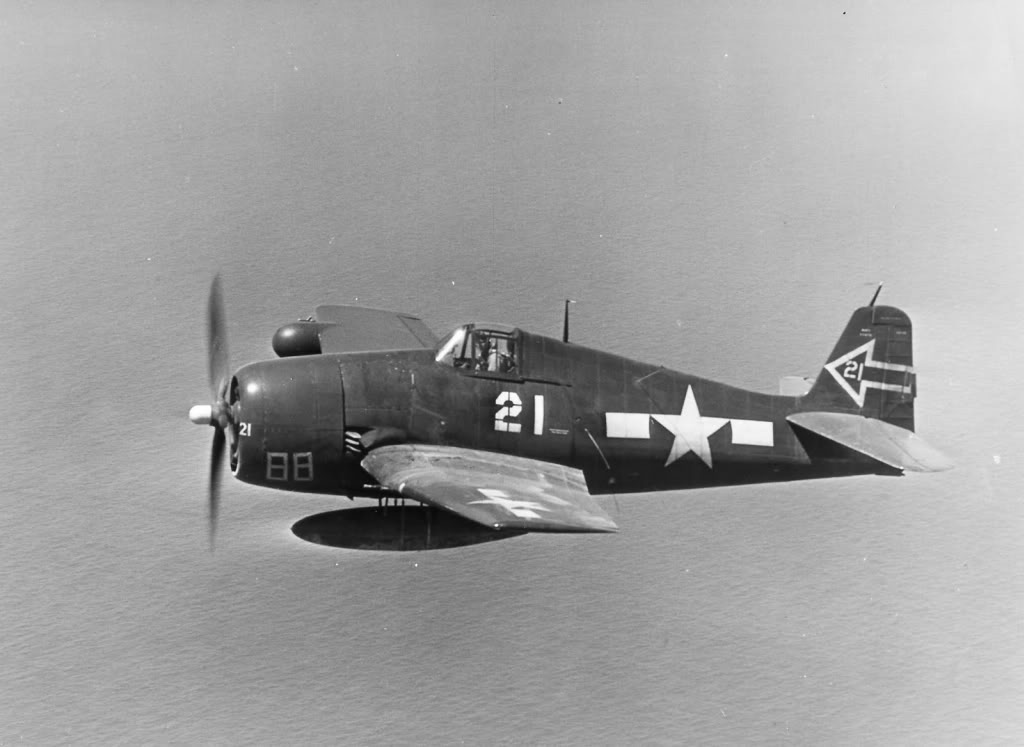
F6F-5N of VFN-90 USS Enterprise c 1945





